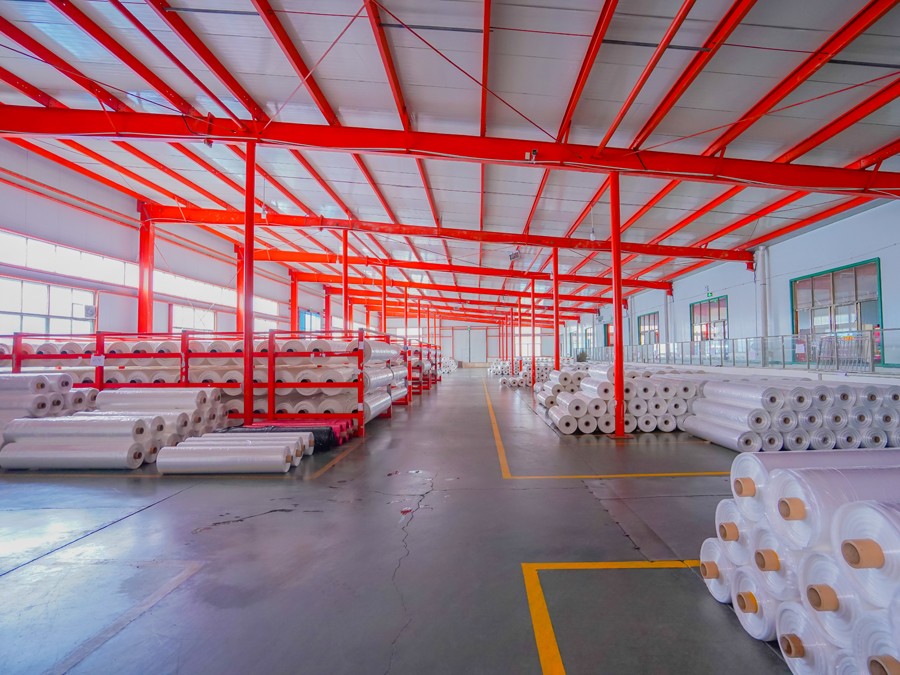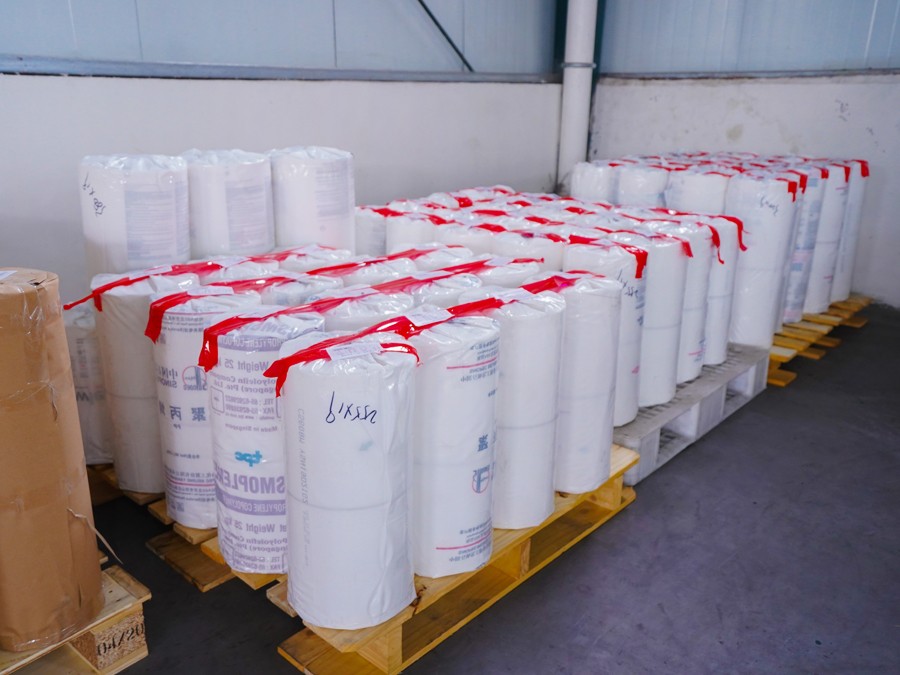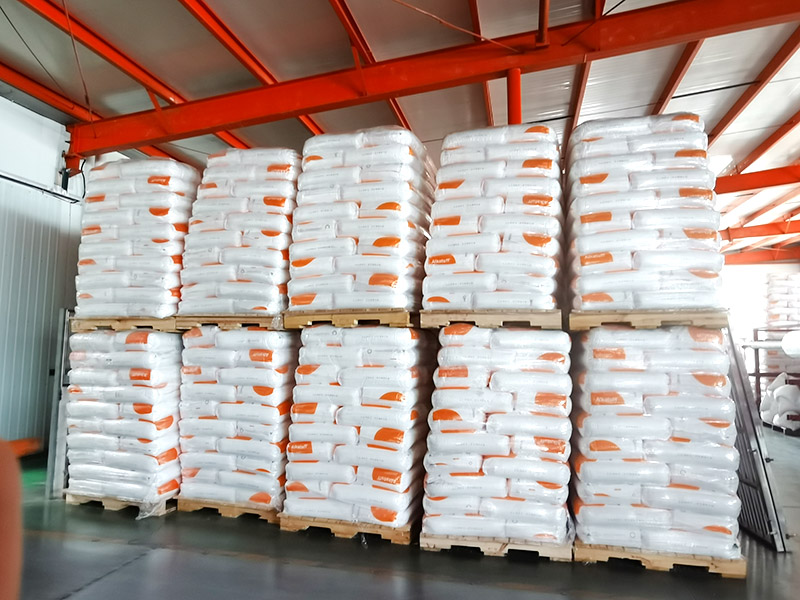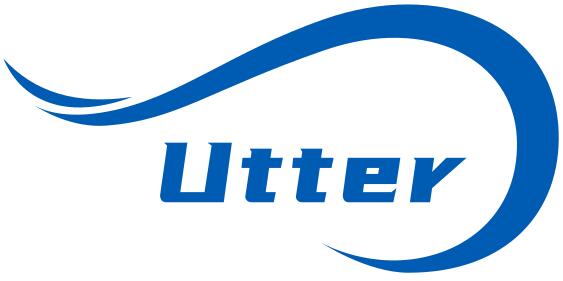

Plastic is currently the main medium for packaging because it is lightweight and affordable. Previously, PVC was the go-to material of choice but that is no longer the case today.
Advancements in science and awareness towards socio-environmental health led to the creation of polyolefin shrink film. Now POF is the most popular shrink wrapping plastic used across a vast range of industries. Why? The reasons are many.
It is a type of translucent film or polymer plastic sheet that has become the preferred choice for packaging both edible and non-edible goods in the manufacturing sector.
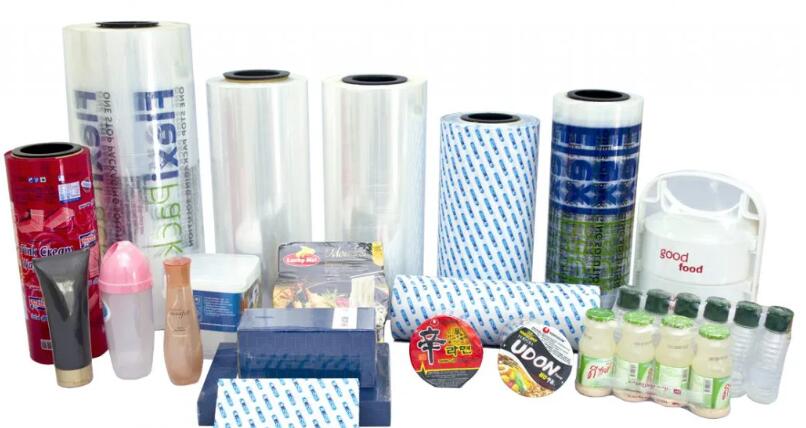
The name “shrink film” was created because plastic shrinks tightly over whatever it is covering when heat is applied to it. Thus, “shrink wrapping” using shrink film.
POF shrink film is made from POF which stands for polyolefin. In the past, PVC (Polyvinyl Chloride) film was widely used for shrink wrapping but it is slowly being replaced by POF shrink film.
Polyolefin is actually a group of hydrocarbons, i.e. compounds containing hydrogen [H] and carbon [C] atoms. It is often derived from natural gas or from low-molecular-weight constituents of petroleum.
As a thermoplastic, the polyolefin is popular because it is extremely easy to mould, to shape and can be reshaped over and over again simply by repeating the heating, moulding and cooling process. POF also has several other good qualities which makes it safer than PVC.
There are two main types of POF – polyethylene and polypropylene. These are further subdivided into several grades for different applications.
What is POF?
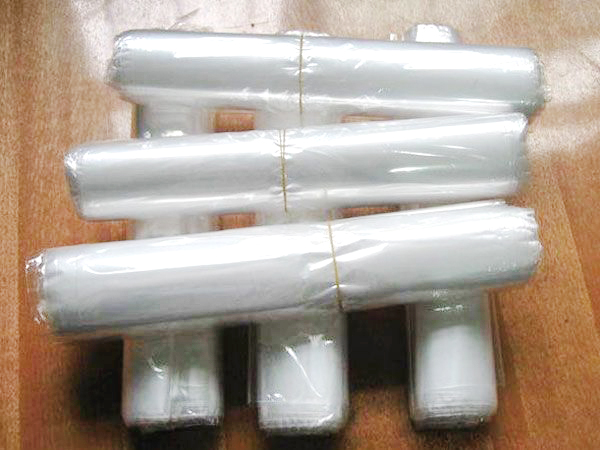
Polyolefin shrink film is used for almost every kind of application. Essentially, it is used to protect and package a single product, or to bundle multiple products together.
It is particularly favoured for packaging less rigid items such as foodstuff, stationery, cards and electronic items, just to name a few.
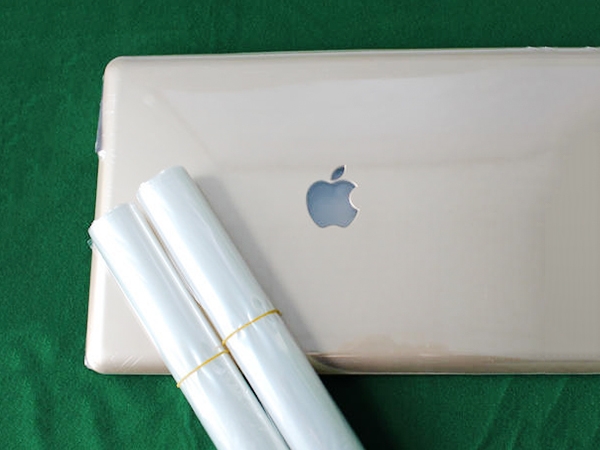
The following are the extensive qualities that make POF shrink film a popular packaging material worldwide:
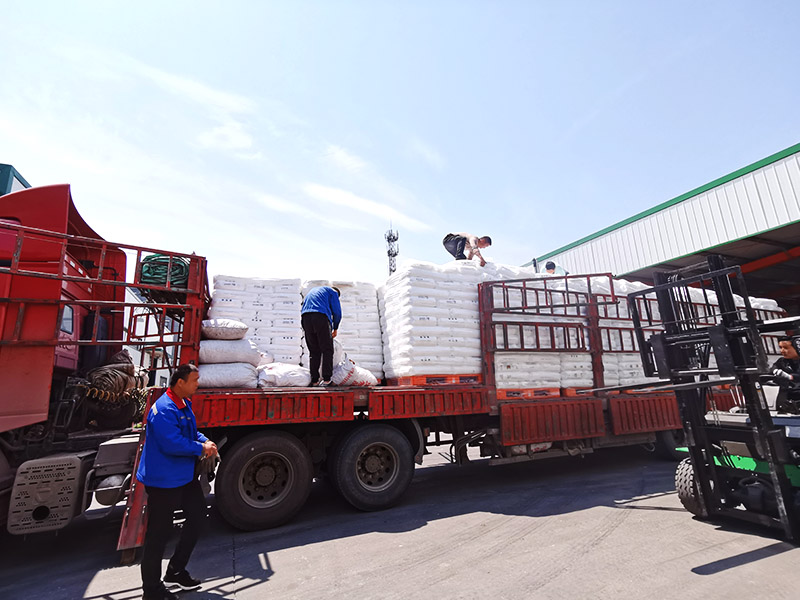
Polyolefin is also available with different characteristics, including cross-linked wrap which provides high-tensile strength and incredible clarity for high-speed packaging applications, as well as prevents buildup on sealing components of your packaging machinery.
As POF shrink film easily bends to low temperatures, it does not deform, bend or collapse thin, flimsy or delicate products. This quality also provides excellent protection for irregular-shaped items.
POF is available in various thicknesses, from as low as 35-gauge (0.35 mil) up to 100 (1 mil) gauge. Sometimes, the term “micron” or “mil” is used instead to indicate thickness. Here is a thickness conversion chart for easier reference.
1 Gauge = One-hundredth of a Mil
100 Gauge = One Mil Thickness
1 Gauge = 0.254 Microns
100 Gauge = 25.4 Microns
1 Mil = one-thousandth of an Inch
1 Mil = 25.4 Microns
Food: It is one of the largest industries that commonly use shrink wrap. Wrapping in shrink film helps to remove oxygen contact from the food and can reduce waste.
Printing & Paper Products: Many companies in this industry use shrink wrap to protect their products and goods as well as to detect and deter tampering.
Pharmaceuticals: Shrink wrap is used to help seal caps and detect tampering.
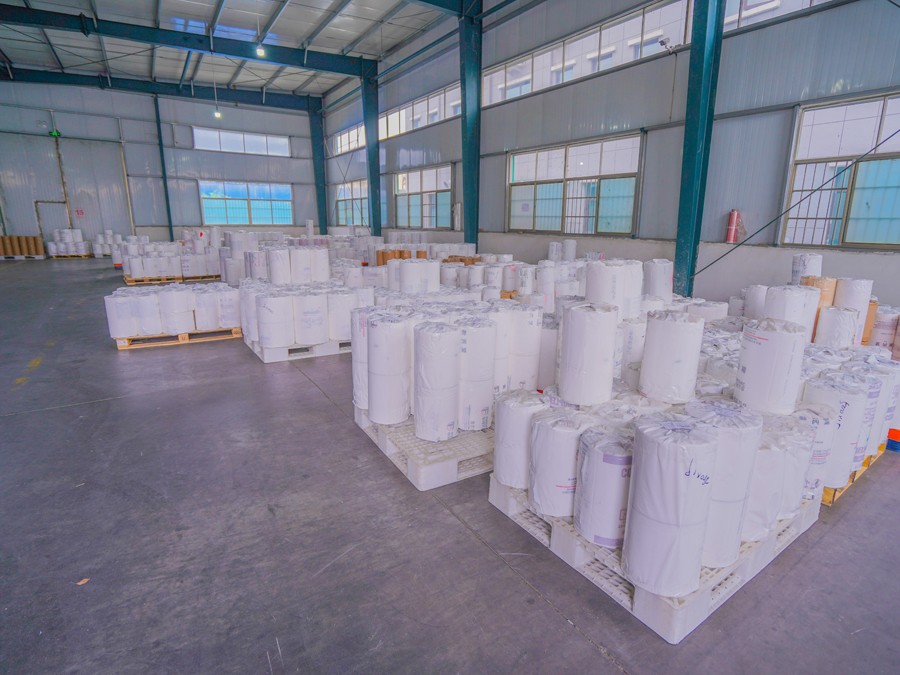
Hardware & Housewares: Shrink wrap is commonly used to deter and detect tampering as well as bundle multiple products together.
Electronics: The electronics industry commonly uses shrink tubing and shrink wrap.
Miscellaneous: There are a variety of other industries and uses for shrink wrap. The marine industry, for example, commonly uses shrink wrap to winterize boats and protect them from environmental elements.
Games & Sporting Goods: Manufacturers, resellers, wholesalers, and retailers use shrink wrap for wrapping a variety of goods and products. PVC shrink wrap is frequently used for these items.
| Shrink Wrap | Stretch Wrap | |
| Definition | To wrap an object with shrink film | To wrap an object with stretch film |
| Usage | To create a seal that envelopes an entire object to protect it, especially from tampering | To hold large items together, prevent them from shifting during shipment |
| Item | Single or multiple | Boxes or cartons |
| Stretchability | Shrink film can stretch 50 to 75% | Stretch film can stretch 100 to 300% |
| Application | Shrink film is placed loosely around an item and heat is applied on it to make the film shrink around the item | Stretch film is wound a few times around the items |
| Stickiness | Shrink film cannot cling to itself | Stretch film has the ability to cling to itself |
To the non-discerning, a PVC shrink film and POF shrink film may be the same. However, there are vast differences which have made POF the favoured material over PVC.
PVC stands for Polyvinyl Chloride. PVC shrink film was most commonly used until several years ago when it got replaced by polyolefin (POF) shrink wrap. There are a few reasons for this.
The plasticizer in PVC Shrink becomes brittle in cold conditions and wrinkles under hot conditions, thus compromising the strength of the seal and the plastic.
Polyolefin shrink wrap also does not have any plasticizers, so the temperature is not an issue. Polyolefin can be stored in a wide range of temperatures and does not harden or soften in different environments like PVC shrink film.
PVC shrink wrap also releases small quantities of hydrogen chloride into the air and carbon deposits onto the sealer. Proper ventilation is required when sealing PVC shrink wrap.
Polyolefin shrink film produces fewer odors when sealed because its material does not have any chlorine. Therefore, the film does not produce HydroChloric gas as a by-product.
When PVC is heated, it releases HydroChloric gas. For this reason, PVC poses a danger to the health of factory workers during production and the public during incineration or decomposition.
Many countries have banned the use of PVC. Brands that hold high regard for corporate and social responsibility have also banned PVC in their product packaging. This is an important consideration for brands. Some stores have limited products that use PVC packaging, such as Walmart.
PVC leaves carbon deposits on the sealer. This causes regular maintenance in order for the sealer to operate consistently.
Typical tools are heat guns, L-Bar sealers, I-Bar Sealers and shrink tunnels. When using shrink wrap, a heating instrument will be needed to shrink the film. Certain machinery may be required depending on the desired application.
No, a heat gun is recommended for a professional look.
Yes, most of them do. Once sealed and cut, the scraps can be peeled away, and heat can be applied to the shrink wrap. The heat will reduce the size of the shrink wrap film and help to conform it to the product.
It depends on the weight of the product. The heavier the product, the bigger the gauge.
Measuring for shrink film is relatively simple, but is determined by the type of shrink product you intend on using. See below for measurement formulas for every kind of film. Remember, if the exact size needed is not available, go to the next size up. All of our shrink film has a shrink rate of at least 30%.
There is a wide variety of POF shrink film in the market. Each brand or type has a different shrink rate. The size of film needed for sealing a product depends on the shrink rate of the film, but there are a few formulas for measuring in general.
Width + Depth x 2 x 1.1÷2 = Centerfold Film Width Needed
For bag width: Width + Depth x 2 x 1.1÷2 = Centerfold Film Width Needed
For bag length: Width + (Depth +2 inches) x 2 x 1.1÷2 = Centerfold Film Width Needed
For squared objects: Width + Depth x 2 x 1.1÷2 = Centerfold Film Width Needed
(but most people use tubing for cylindrical purposes)
For circular objects: Circumference x 2 x 1.1÷2 = Tubing Width Needed
When deciding on the best type of shrink wrap for your product, the cost is definitely a huge factor. Nonetheless, the cost of POF shrink wrap has become very competitive due to increased production to fulfill a worldwide demand.
The long list of positive qualities of polyolefin shrink wrap and its safety factor also explains why it is the best choice for food, beverage and consumer product packaging.
Cost of the HSA and environmental factors in the production process and POF becomes a better option than POV at any time.
Local and global consumers are also increasingly aware of the environmental and health impacts of their buying activities. This has forced big brands to be cautious of packaging material for their products. If POV shrink wrap is safe for wrapping edible items, it is safe for non-edible items and the environment.
